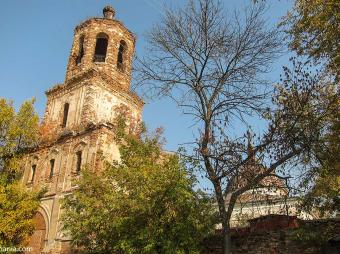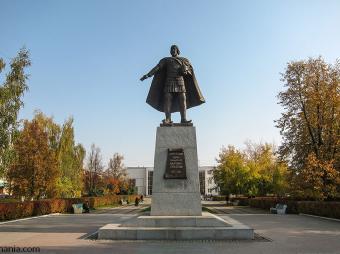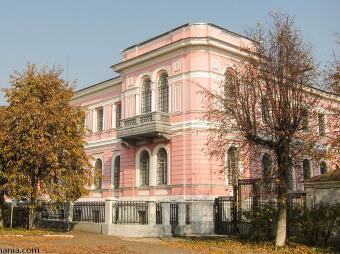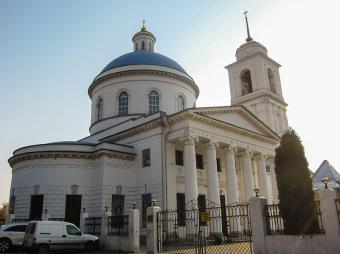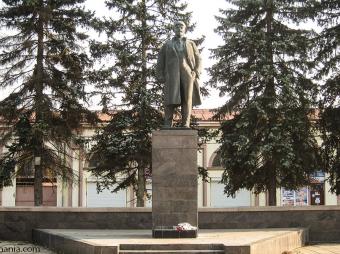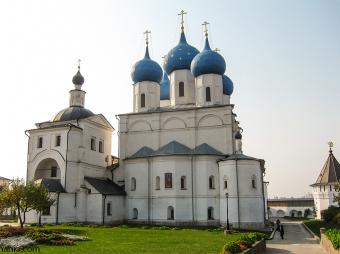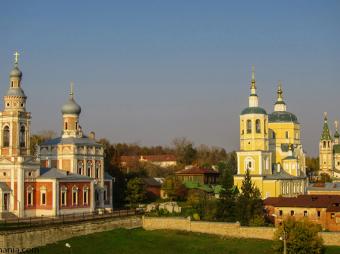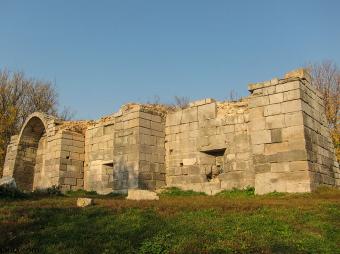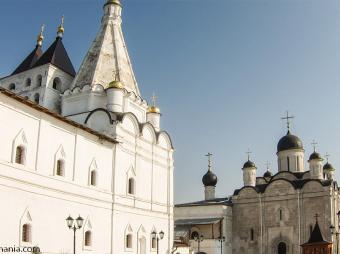The historical centre of Serpukhov is known as Sobornaya Gora (Cathedral Mount), or Krasnaya Gora (Red Mount) to give it is Soviet-era name. It was here that Serpukhov's Kremlin once stood and most of the city's sights can be found. Apart from this the main streets of interest for tourists are Sovietskaya Ulitsa, which runs down from the railway station to Sobornaya Gora, and Ulitsa Chekhova, Moskovskaya Ulitsa and Kaluzhskaya Ulitsa, which run parallel to each other between Sobornaya Gora up towards the Vysotsky Monastery, which can be reach on foot or by bus. Kaluzhskaya Ulitsa is a pretty street with lots of wooden houses and is worth visiting for this alone. There are less sights located in the part of Serpukhov west of the River Nara, but it is worth coming here to see the Vladychny Convent. The convent can be reached by either walking all the way down Ulitsa Oktyabrskaya or by getting bus No. 4 or a minibus to "Oktyabrskoe" which runs from the railway station, the convent is the last stop.
The village (mestechko) of Danki is located 12km from Serpukhov and the main entrance to the Prioksko-Terrasny Nature Reserve, which is famous for its zubr breeding programme, is located here. Danki can be reached by bus from Serpukhov's railway station. There are three buses which run here: No. 25 (Serpukhov-Danki), No. 31 (Serpukhov-Turovo) and No. 41 (Serpukhov-Zibrovo). Get off at the stop "Zapovednik"; this is the last stop on bus No. 25. The buses are not very frequent - about one every 1.5 hours.

 History
History
